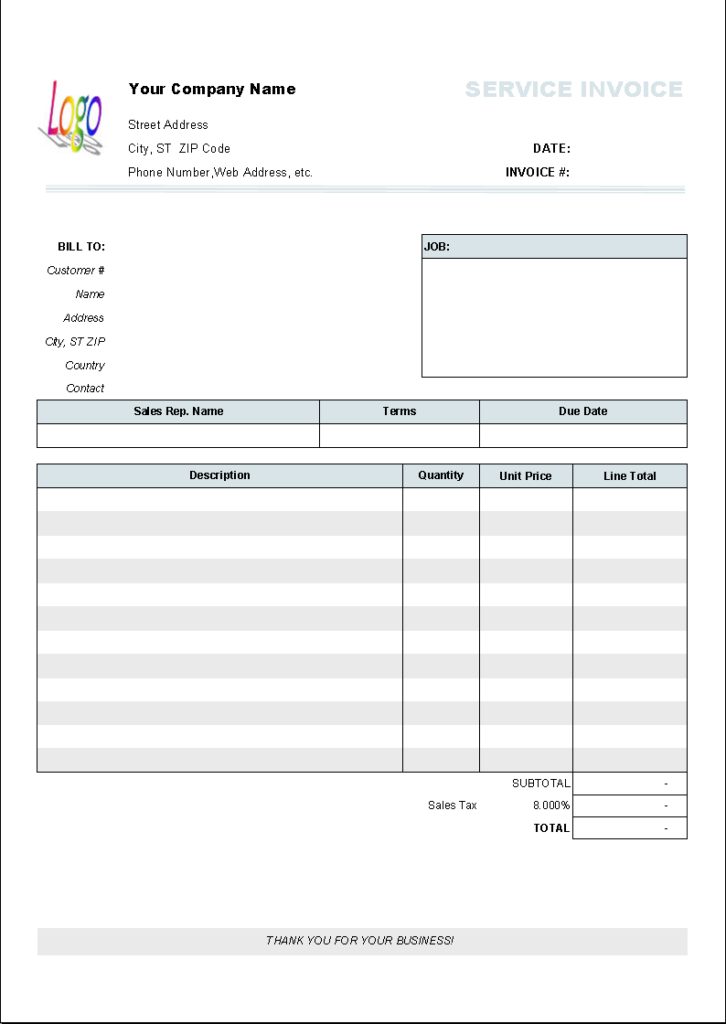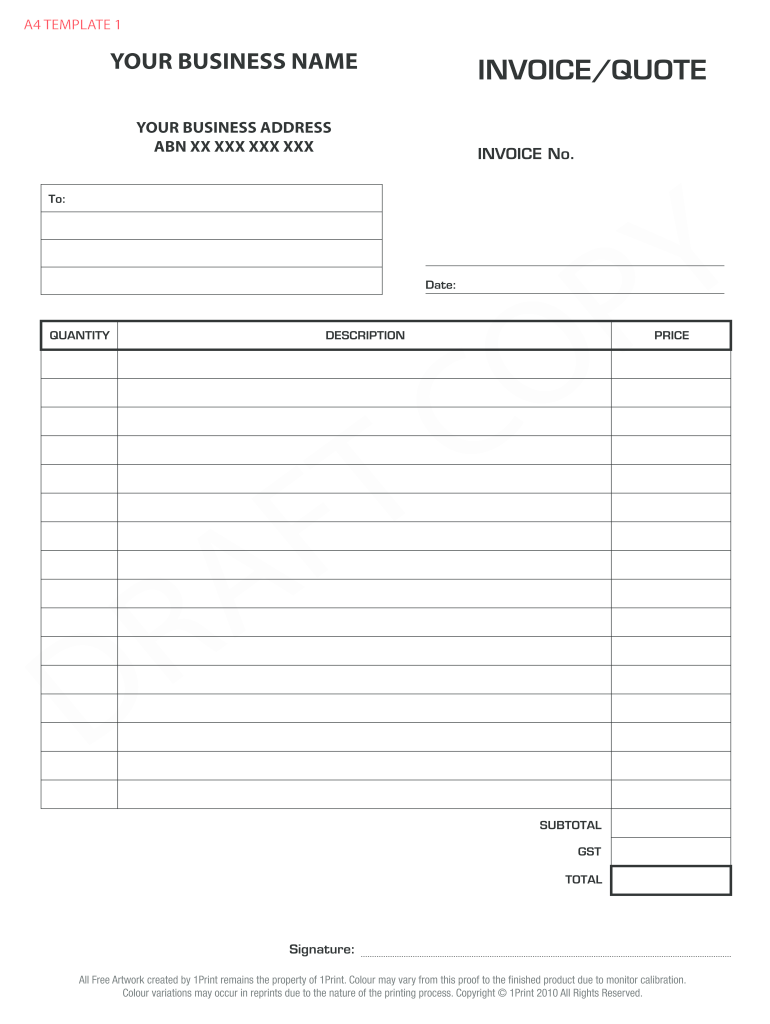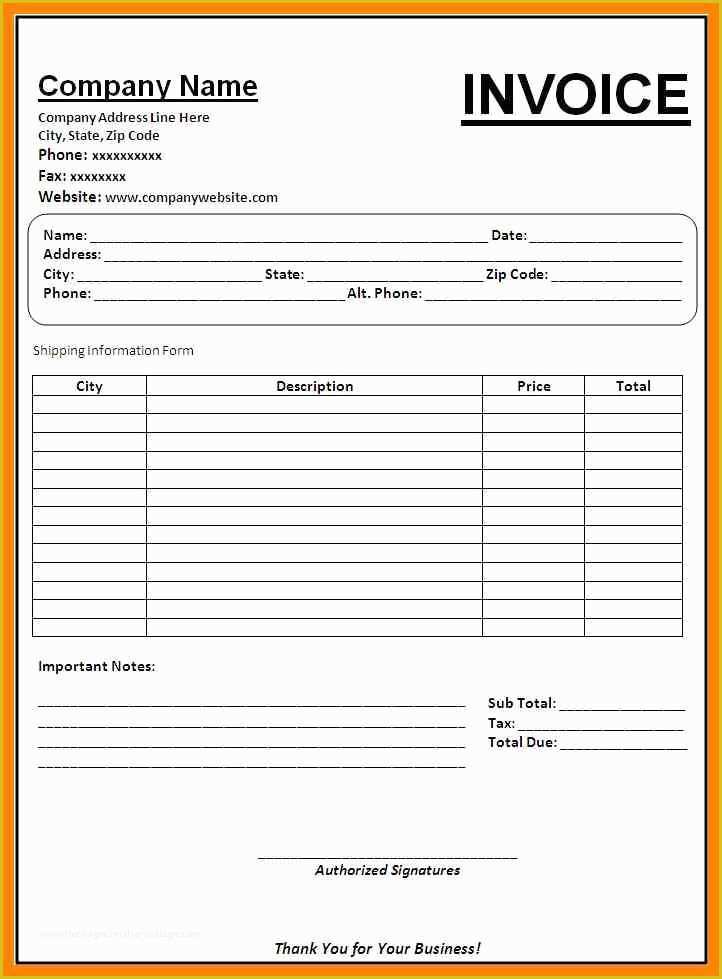

Your best rates will be different, because everyone’s market is different. Price your work to pay your taxes and be left with the income you want. This means you’ll end up paying $3 in taxes out of every $10 you earn. The average tax amount paid by Americans, for all taxes, is about 29%. You’ll be paying your own taxes as a freelancer, so your rates should incorporate the taxes you’ll eventually have to pay. Once you know what they charge, you can go under that if you’re new to the market or over it if you’re the boss.Īnother massive item you should plan for is taxes. Second, how much do others charge for similar services at your level of expertise and experience? This question can be a little difficult to answer, but you can just ask. So, your hourly or project rate needs to be a little higher to make up for the unpaid work that is part of every freelancer’s life. Keep in mind that you won’t get paid for some of the things you must do, such as preparing your taxes, looking for more customers, and weekly admin work. Let’s think about this from a few different perspectives:įirst, how much do you want/need to earn? You should create your rates to reflect what you need to earn. We want to help freelancers, so we’re going to give you some general tips here about settling on the best amount to charge clients for your services. Knowing how much to charge for your work is a complicated area. New freelancers usually charge a lower amount, while experienced experts charge two to three times the average rate for their industry. Experience level is the most important factor in determining the best hourly rate to charge. Most freelancers work 36 hours per week and charge $21 per hour according to a survey by Payoneer.
BLANK INVOICES HOW TO
That’s it! Those are the basics of how to bill someone for your work.
BLANK INVOICES GENERATOR
If you don’t have an invoice, you can use Indy’s invoice generator to create a professional invoice in just a few moments.

There are a few things to get right with your billing. You can bill your clients by sending them an invoice.

The easier you make it for your clients to submit a payment, the less chance there is of them forgetting to pay, overlooking the payment, or neglecting the invoice entirely. You should also link your invoices to a payment provider or include basic bank account information. If you are a therapist, you need to spend time on your invoices and make sure they are as clear and defined as they can be. Treatments: Some treatments may cost extra, including CBT, medications, supplements, and other specialized treatments.Expenses: When the therapist is called to a client’s home, they could incur expenses, and it is the duty of the patient to cover these costs.Group Discounts: If therapy is being provided for a family, couple, or workplace, it may include discounts for sessions with multiple people.Standard Hourly Rate: The fee charged by the therapist for their time.And most of all, there is no room for confusion or misunderstandings.Ī therapist invoice may include the following types of services: In many ways, a good therapist invoice is just like a good therapist: it is firm but clear, professional but approachable. Mistakes can still happen, of course, but a proper therapist invoice will greatly reduce the risk of such an outcome and make life easier for the therapist and their patient. There are no issues regarding late payments or incorrect payments.The client understands what they are being charged for.The therapist gets paid for all of their work.But it’s still a job, a career, and the therapist needs to get paid.Ī well-defined therapist invoice will ensure that… They are listeners, care providers, and wellbeing consultants, and it’s never easy to ask for money in such a profession. A therapist invoice is used by a professional therapist to collect money from their client.


 0 kommentar(er)
0 kommentar(er)
